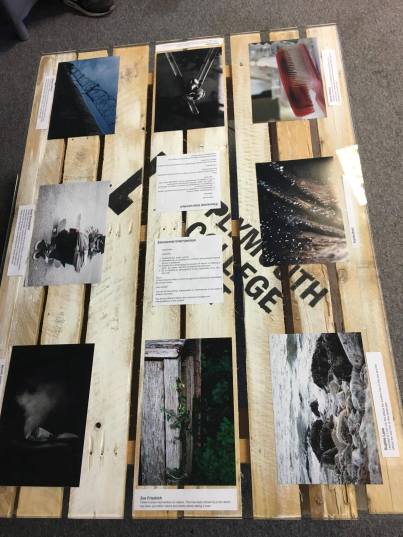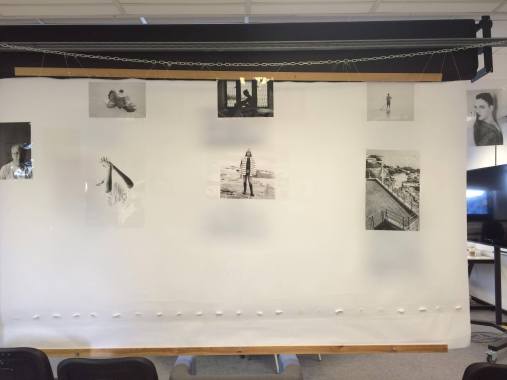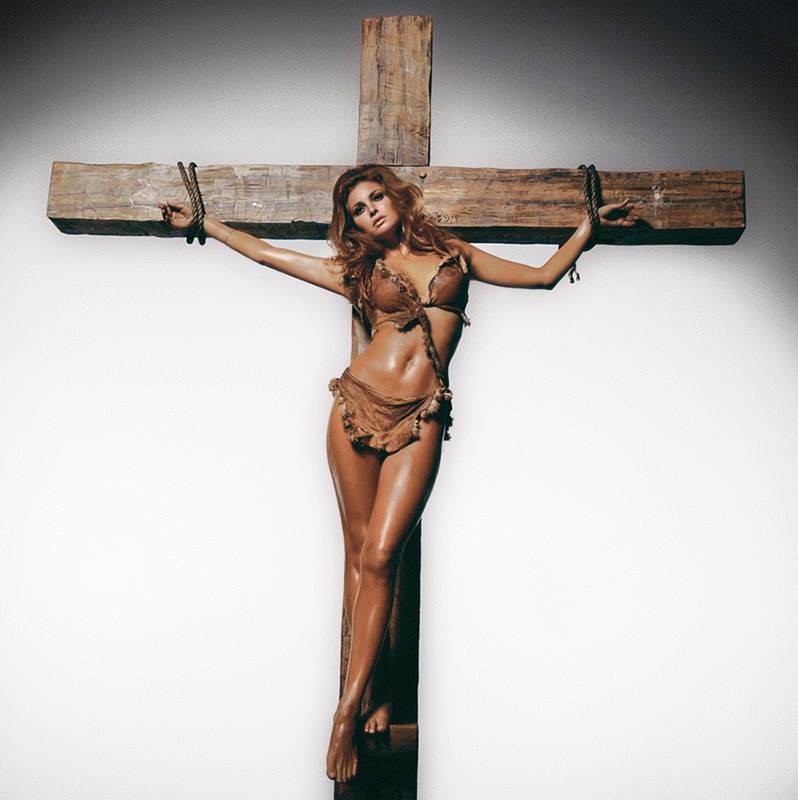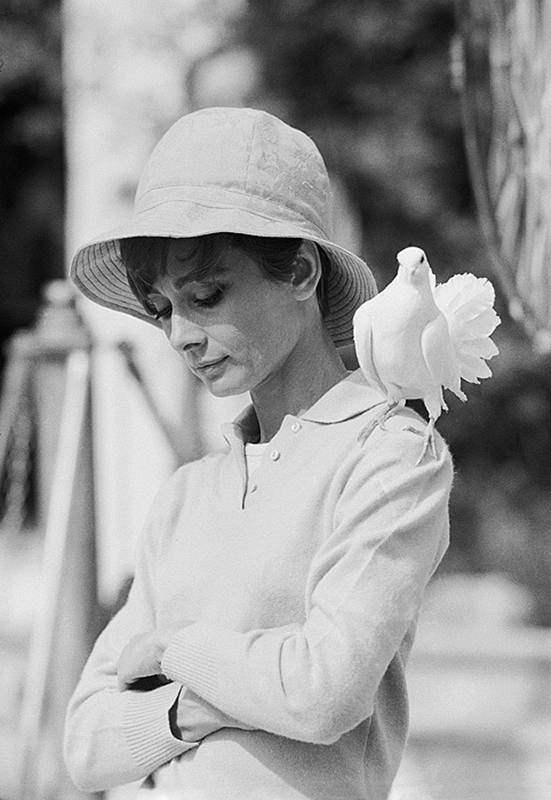Over the course of professional practice, I feel that I have learnt a lot. I have been able to learn things about the working industry that one day I will be a part of. It has been very interesting interacting with new and different people as well as being out of my comfort zone doing things that I would not normally think of doing. Although that is what being in the art industry is about. Collaborating with new people, working together to create amazing work that you couldn’t have done by yourself.
I have enjoyed everything about this module and am disappointed that I wasn’t able to attend a few of the outings and activities that were provided for us. I am glad that we were shown a range of different possibilities and outcomes to what our photography degree could lead to, some of which I had never thought of.
Although initially dreading it I am glad that we had to interview a photographer/practitioner and do a one days negotiated work experience. This is because it meant I had to interact with people I would not normally speak to and put my myself in an uncomfortable position that I had to overcome. From this, it has made me a stronger and more confident person where I feel I could speak to the people necessary.
Another thing which I have enjoyed from this module is that I went and visited lectures at Plymouth university and visiting photographers in Plymouth college of art. I was able to listen to artists speak about their work in a way you cannot read. I was able to listen to the way they described their work and how passionate they all were. This made me think that I had to be more passionate about my work and that I normally have a hesitation and unconfident feel about my work. That it is not good enough to talk about that way, but it made me realise that I need to be more confident about my work.
I feel that if I could I would change the confusion about the course. Not knowing or understanding which parts were professional practice and which were a part of a different module? I got very confused at times during the lessons as it was not made clear.
Over all I enjoyed the module and the way that although I did not getting the lessons sometimes, when it came to writing up it was easy and simple, the same goes for the interview and the work placement. I am glad that I was able to learn so much and have so much experience I can take with me into the future, as everything we were taught is useful, even if that included just a informal conversation.



